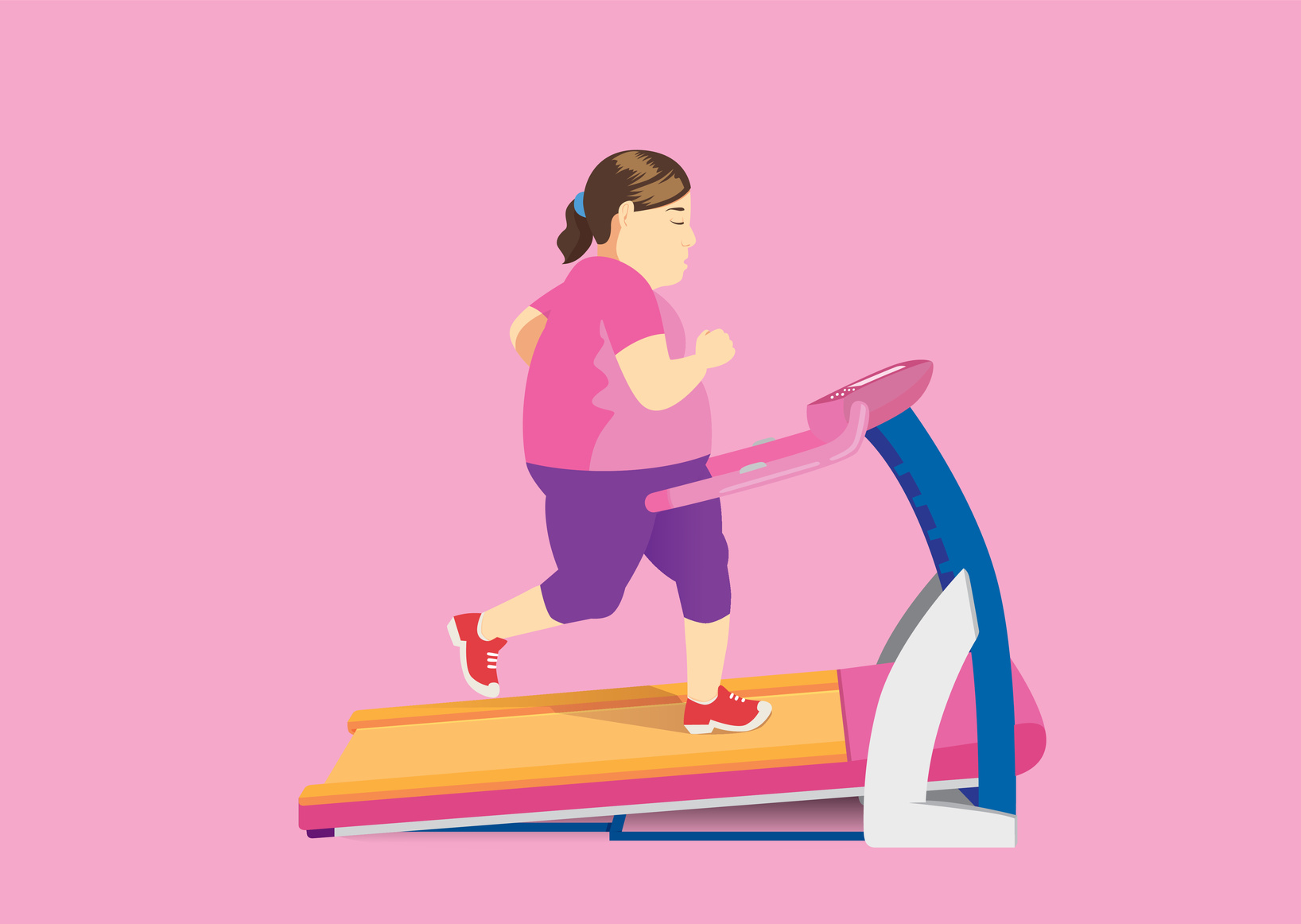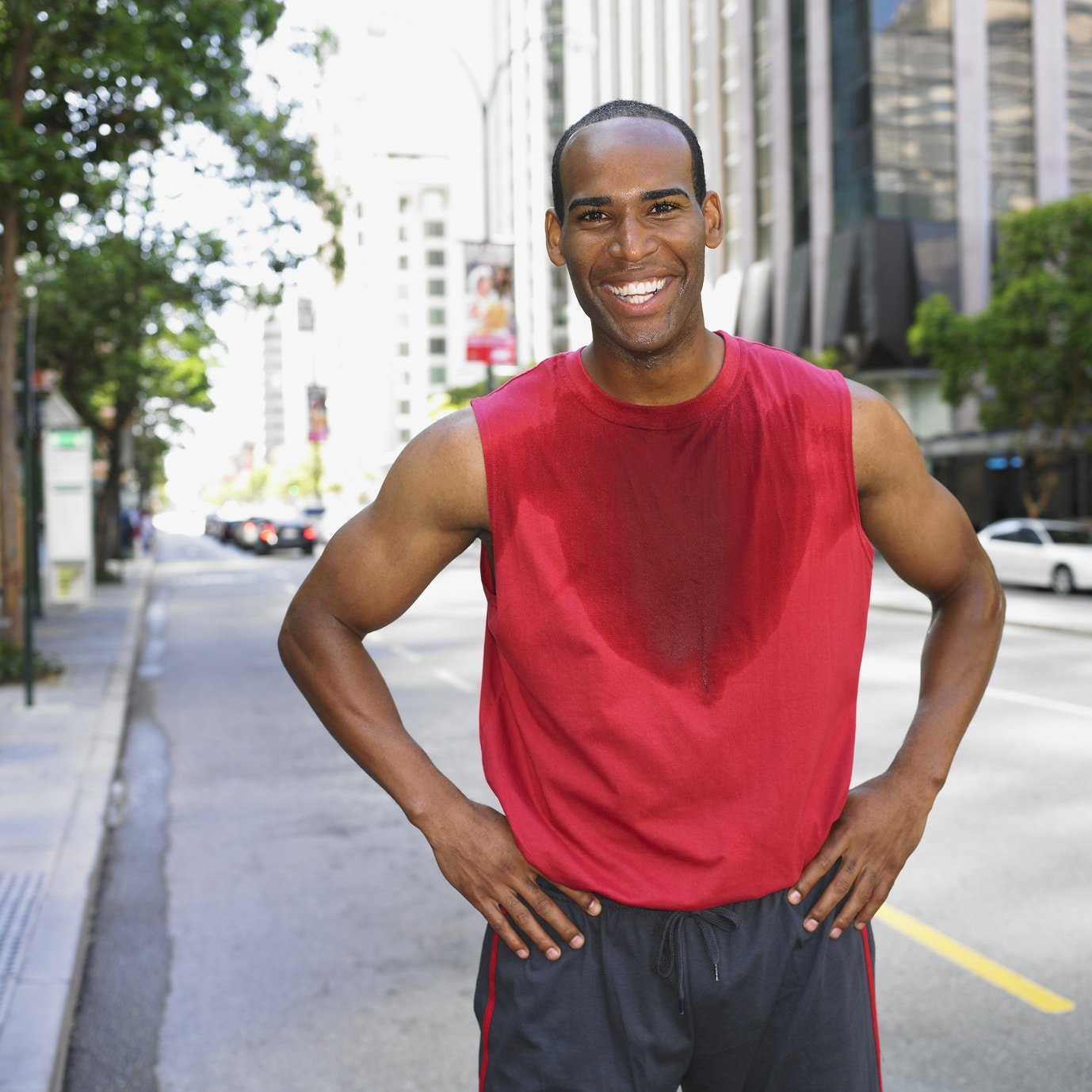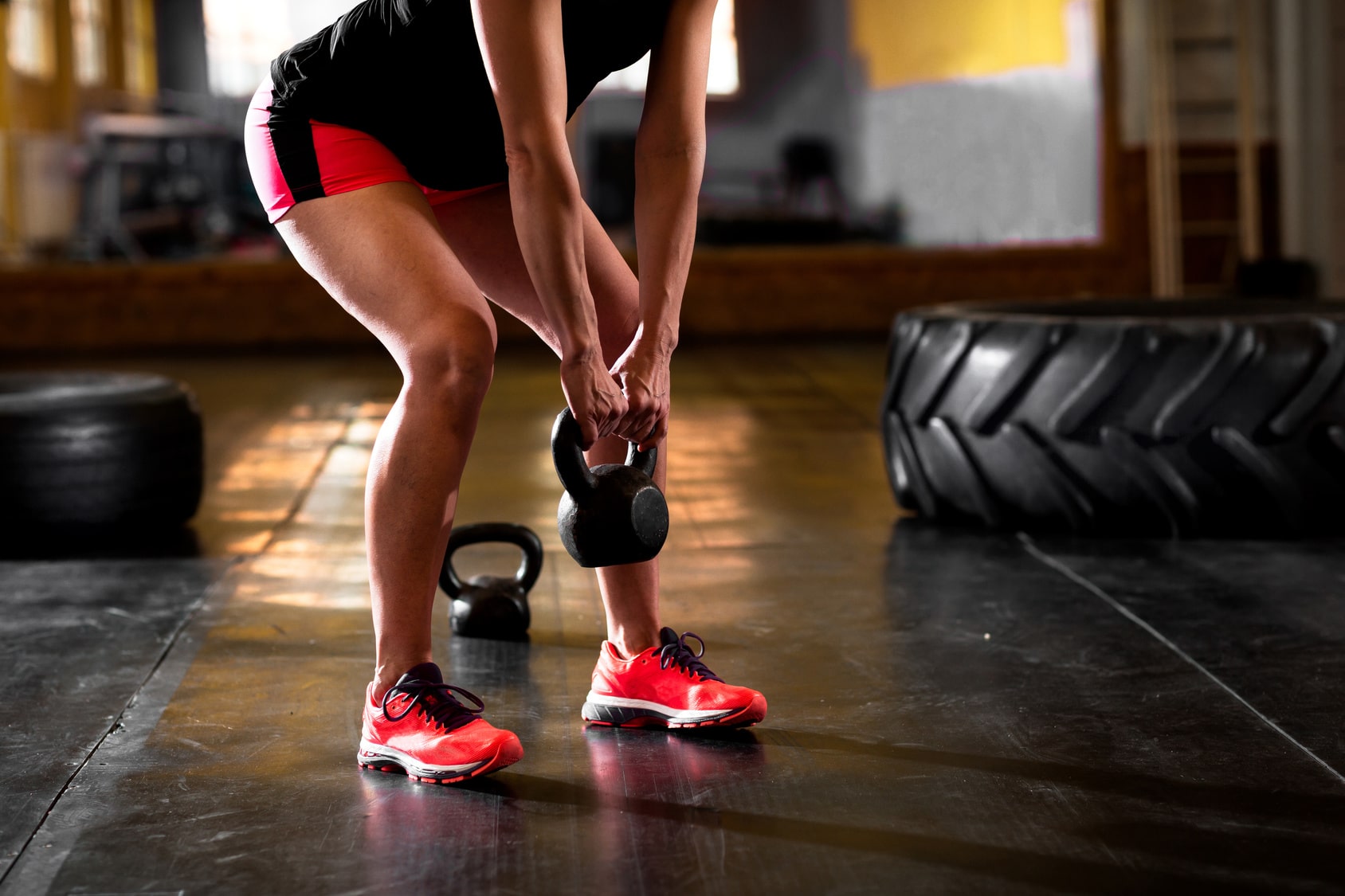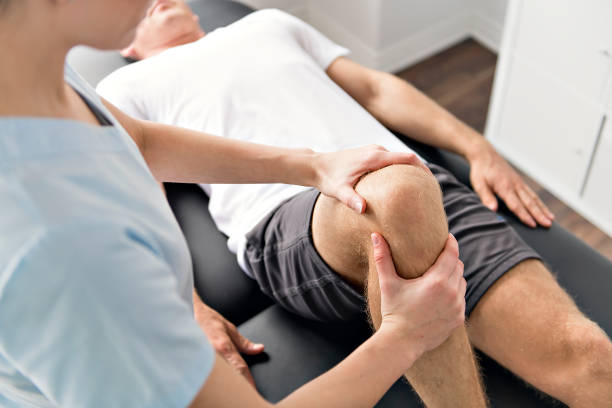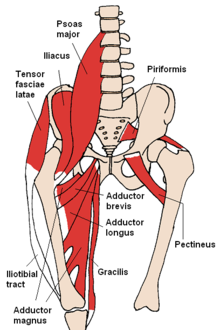Are you tired of enduring relentless knee pain while running? Look no further, because this article is tailor-made for you.
Here’s the truth.
Running, with its relentless impact on the body, can be a double-edged sword. It pushes your limits, but at the same time inflicts strains, soreness, and inflammation on the very joints, ligaments, and cartilage that make up your knees.
Trust me, you’re not alone in this struggle. Knee injuries haunt many runners like an unwelcome shadow, lurking in the background of their passion.
But fear not! I’ve got the answers you’ve been seeking.
In this captivating guide, I’ll be equipping you with the knowledge you need to overcome this hurdle as we explore the culprits behind your knee pain as well as share invaluable tips on how to prevent them.
Get ready to dive into the world of:
- Runner’s Knee
- IT Band Syndrome
- Patellar Tendinitis
- Knee Sprains
- ACL & MCL Tears
- Meniscus Tears
- Baker’s Cyst
Lace up your running shoes, and let’s hit the ground running!
Knee Pain When Running 1. Runners Knee
You know what they say about knee pain when running? One notorious culprit that’s been wreaking havoc on runners is what we call “runner’s knee” or its fancy medical name, patellofemoral pain syndrome.
Trust me, it’s quite a mouthful! In fact, it’s not only a common issue but also one of the most widespread injuries that plague athletes.
Research suggests that this bothersome condition accounts for a whopping 30 percent of all running-related ailments. That’s a staggering statistic!
So, what exactly happens with runner’s knee? Well, it all boils down to the irritated cartilage in your kneecap. When that little troublemaker gets inflamed, you can expect varying degrees of pain whenever you engage in knee-bending activities like walking, running, biking, or even something as innocent as sitting or squatting.
The Symptoms
The symptoms of runner’s knee usually manifest as a nagging pain around and sometimes behind your kneecap, also known as the patella. Often, things can get worse when you’re running downhill or descending stairs.
And guess what? Even prolonged sitting can cause soreness and intense pain in your poor knee. Talk about a stubborn and unforgiving condition!
The Causes
Now, let’s talk about the causes of this pesky runner’s knee. It’s mostly an overuse injury, meaning you’ve been pushing your knees to the limit. But there’s more to it than that.
Biomechanical factors can also play a role, such as weak glutes or hip flexors, improper running form, going too hard too fast, and even wearing the wrong shoes. It’s like a perfect storm brewing inside your knee!
The Treatment
Let’s start with a golden rule: take a break from running, at least for now. Don’t worry, it’s not the end of the world! Instead, it’s time to try out alternative activities that are kinder to your knees, like swimming and yoga. They’ll give you the chance to stay active while giving those hardworking knees a well-deserved breather.
Now, let’s talk about immediate relief. Grab an ice pack and give your knee a good icing session. Trust me, it works wonders for reducing inflammation and numbing the pain. And while you’re at it, elevate your knee to give it some well-deserved rest and relief. You can also try taping your knee for more pain relief.
The Prevention
Strengthening your glutes should be a top priority since these muscles provide stability and support. Incorporate glute-strengthening exercises into your routine regularly, and you’ll be well on your way to building a fortress of knee protection.
You should also stretch out your hamstrings as doing so helps in maintaining flexibility and preventing imbalances that could lead to knee issues.
What’s more?
Make sure you have the proper shoes that cater to your specific foot type. It’s like finding the perfect fit for Cinderella’s glass slipper, except in this case, it’s all about finding the ideal shoe for your running endeavors.
Last but not least, work on your running form, ensuring that you’re not putting unnecessary strain on your knees.
Knee Pain When Running 2. IT Band Syndrome
Another troublemaker that likes to wreak havoc on athletes’ knees is the infamous Iliotibial Band Syndrome. Imagine this band of tissues as a mischievous troublemaker running down the outside of your thighs, from the hips to the shins. When it gets irritated and inflamed, brace yourself for some serious knee trouble!
The Symptoms
Picture this: you’re out there, pounding the pavement, and suddenly you feel a sharp pain on the outside of your knee. Ouch! Unlike runner’s knee, you won’t typically see any swelling in the area. However, don’t be surprised if your hip joins the party and starts causing you grief too. It’s like a duo of pain, working together to make your running experience less than enjoyable.
But here’s the kicker: the pain might not be a constant companion. It’s sneaky, sporadic, and loves to fade away when you rest. But just when you think you’ve shaken it off, it has a funny way of reappearing, sometimes out of nowhere, at the exact same point in your run. Talk about bad timing! The silver lining, though, is that most runners find that the pain miraculously disappears as soon as they stop running.
The Causes
ITBS is usually an overuse injury, meaning you’ve pushed your knees beyond their limits. If you’ve been doing too much too soon, without giving your knees a chance to bounce back and recover, well, they might revolt and bring you the gift of ITBS. It’s like pushing your luck with your loyal troops, demanding too much without granting them the rest they deserve.
The Treatment
If you find yourself dealing with the pesky ITBS, it’s time to take action and fix this troublemaker once and for all. Step one: pump the brakes and give your body the rest it deserves. Seriously, no cutting corners on this one.
If you want to nip this problem in the bud as soon as possible, you need to give that tendon a break. Running through the pain? Not a good idea. Trust me, it will only worsen the situation in the short and long term. So, let’s be smart about it and put those running shoes aside for a little while.
The Prevention
Now, let’s talk prevention. Hip strengthening exercises are going to be your secret weapon. Think of them as the knights in shining armor, protecting your entire leg and adding stability to your thighs and knees. Leg lifts, bridges—you name it, do them!
What’s more?
Stretching your IT band after running is another crucial step. It’s like giving your band of troublemakers a gentle post-run stretch session, releasing any tension that may have built up. And if you really want to show your IT band some love, try using a foam roller. Roll it along your IT band, especially when you feel any tightness in the area. It’s like giving your band a little massage, helping it loosen up and find its happy place.
Now, here’s a little treat for you. Check out the following helpful video that demonstrates proper running form.
Trust me, it’s like having a personal coach right in your living room, guiding you towards ITBS-free running. Learn the proper technique, be mindful of your form, and you’ll be running like a gazelle in no time.
Knee Pain When Running 3. Patellar Tendinitis
The patellar tendon isa vital connection between the powerhouse muscles at the front of your thighs and the sturdy shinbone below. It’s like the bridge that allows your quads to communicate with your lower leg bone, ensuring smooth movement and power.
But alas, sometimes this essential tendon rebels and falls victim to inflammation and irritation. When this happens, it’s known as patellar tendinitis, a pesky condition that can wreak havoc on your knees, especially when running.
Patellar tendinitis ranks as the third most common cause of knee pain among runners. But here’s the twist—it doesn’t stop there. This mischievous condition is known to target cyclists, skiers, and athletes of all kinds who engage in activities that involve lots of jumping.
The Causes
Too much hill running, especially those treacherous downhill sections, is a prime suspect. A sudden increase in mileage or pace without giving your knees enough time to adapt can also set the stage for trouble. And let’s not forget about the classic culprit—overuse.
Repetitive strain on the tendon can lead to this inflamed and irritated state. It’s like asking your knee to endure a marathon without proper preparation—eventually, it rebels.
The Symptoms
You may have heard it referred to as “jumper’s knee,” and for a good reason. It tends to unleash pain right in the front of your knee, between the patella and the point where the tendon attaches to the mighty tibia, your trusty shinbone. The ache is persistent, haunting your every move—running, squatting, jumping. Even prolonged sitting can trigger discomfort.
The Treatment
When it comes to this injury, running through the pain is a big no-no. Trust me, it’s like trying to heal a broken bone by dancing the tango—it only makes things worse. So, it’s time to hit the brakes on your running routine and give your body the rest it needs.
Now, here’s the good news: you can expect a full recovery in just a few weeks, maximum. It may seem like an eternity, but trust me, time flies when you’re healing. So be patient, my friend, and let your body work its magic.
While you’re on the road to recovery, let’s talk about some self-care strategies. Grab an ice pack and give that injured area some TLC. Apply cold therapy a few times a day to reduce inflammation and soothe any discomfort. Think of it as a refreshing breeze on a hot summer day, cooling down the heat of your injury.
But wait, there’s more! Just because you’re taking a break from running doesn’t mean you can’t stay active. Cross-training is your new best friend.
The Prevention
Here’s the deal: stick to the golden 10 percent rule. When increasing your mileage, don’t be too hasty. Gradual progress is key to avoiding these setbacks. It’s like building a solid foundation, one brick at a time.
Speaking of foundation, let’s talk about proper running form. It’s not just about looking good on the track; it’s about protecting your knees and enhancing your performance. Whether you’re conquering flat surfaces or navigating those challenging hilly terrains, be mindful of your form. Engage your core, maintain a good posture, and find your rhythm.
But wait, there’s more! Strengthen those legs, my determined athlete. Focus on exercises that give your quadriceps and calves some love. These powerhouses will provide the stability and support your knees need to conquer any challenge that comes your way. It’s like building an unbreakable fortress, ready to tackle any obstacle.

4. Knee Sprains
When it comes to high-impact activities, knee sprains are no surprise. These sneaky injuries occur when the ligaments in your knee undergo a sudden tear or stretch beyond their normal range of motion.
Now, picture this: any movement that overextends or overstresses these hardworking ligaments can result in a knee sprain. It’s like tugging on a rope with all your might, causing it to fray and strain under the pressure.
The Causes
Running on rugged and uneven surfaces can be a recipe for disaster. It’s like navigating a treacherous mountain path, where every twist and turn puts your knees at risk. Oh, and bad form? That’s a no-no. Just like a wobbly tightrope walker, improper technique can throw your knee ligaments off balance, making them more vulnerable to injury.
What’s more?
Overuse is another sneaky culprit. Pushing your limits too hard, too fast, without giving those knees enough time to adapt, can lead to trouble. And sometimes, life throws unexpected obstacles our way. Trips, falls, and missteps can also put your knee ligaments in a precarious position.
The Treatment
As with most injuries, at the first sign of the onset of the condition, the best course of action is to follow is the RICE method.
This is going to help you soothe the pain and reduce the swelling—all of which can speed up recovery.
Next, after a couple of days of complete rest, make sure to rehab your knee with some basic exercises to regain the function, movement, and strength of the injured knee.
In cases of extreme pain, make sure to get yourself checked out by a doctor.
The Prevention
Research shows that incorporating regular leg strength training can work wonders, especially for those key muscles around the knees like the quads and calves. By dedicating some time to strengthening these areas, you’ll be building a solid foundation of support and stability for your knees.
But that’s not all!
When it comes to hitting the trails or venturing off-road during your runs, caution is key. Studies indicate that running on uneven surfaces can put extra strain on your joints, including your precious knees. So, it’s essential to be extra mindful during these adventures and take necessary precautions to prevent injuries.
Now, let’s talk about running form and footwear. Think of your running form as the blueprint for efficiency and injury prevention. By developing proper running technique, you’ll not only enhance your performance but also reduce the risk of knee issues. Seek guidance from experts, watch tutorials, or even consider working with a running coach to fine-tune your form.
Footwear plays a significant role as well. Just like a car needs the right tires for different road conditions, your feet require suitable shoes that match your foot type and the terrains you’ll be conquering. Don’t underestimate the power of a comfortable and supportive pair of running shoes—they can make all the difference in keeping your knees happy and healthy.
Knee Pain When Running 5. ACL and MCL Tears
Let’s dive into the fascinating world of knee ligaments, specifically the notorious ACL, also known as the Anterior Cruciate Ligament. This ligament acts as a sturdy bridge connecting your thighbone to your shinbone on the outside of your knee, providing stability and support to keep you moving smoothly.
And when the dreaded tearing of the ACL strikes is like a bridge collapsing. This, in turn, disrupts the harmony in your knee joint. Ouch! This condition, commonly referred to as an ACL injury, can be quite a setback.
But here’s the twist: if you’re an athlete who participates in sports demanding sudden changes in direction, like soccer, tennis, or basketball, this is where the ACL’s arch-nemesis strikes. It’s like those sports put your ACL on the frontlines, constantly testing its resilience and stability.
The Causes
Imagine this: you’re running, playing a sport, or simply going about your day when suddenly, your knee takes an unexpected twist, leaving your foot planted like a stubborn tree. Yep, that’s one possible cause of this condition—an abrupt twist of the knee with the foot firmly rooted in place. It’s like a wild dance move gone wrong, with your knee as the unsuspecting partner.
But that’s not all. Repeated stress on the knee joint can also play a sneaky role in increasing the risk of injury. Think of it like a repetitive drumbeat, pounding on your knee joint day after day, slowly weakening its defenses. It’s important to note that these repeated stressors can gradually wear down the structures that support your knee, leaving it more susceptible to injury.
And here’s a curveball: getting hit on the knee! It’s like a sudden collision with an unexpected opponent, throwing your knee into a state of chaos. Whether it’s a sports-related collision or an accidental encounter with a solid object, such impacts can lead to this condition.
The Symptoms
If you experience an intense pain accompanied by a loud popping sound during the moment of injury, it’s like a thunderclap announcing the arrival of an ACL or MCL tear. It’s a painful reminder that something in your knee has gone awry.
Following the initial shock, you may notice varying degrees of pain in your injured knee. It could be as mild as a gentle breeze or as severe as a roaring storm. Your knee will definitely make its voice heard, signaling that it’s not happy with the situation.
Keep an eye out for tenderness and swelling along the inside of your knee. It’s like an unexpected bump or bruise that appears, adding another piece to the puzzle. These signs serve as clear indicators of the condition, raising the flag that something is amiss.
The Treatment
As a general guide, treating those tricky ACL and MCL tears often involves a combination of strategies. It’s time to meet RICE, the superhero of recovery: Rest, Ice, Compression, and Elevation.
Embrace this essential quartet and give your knee the much-needed TLC it deserves. But that’s not all! Physical therapy becomes your trusty sidekick, helping you regain strength, mobility, and stability in your injured knee. It’s like having a personal trainer specifically tailored to your knee’s needs.
Don’t forget the importance of support. Supportive gear can provide added stability and protection during the recovery process. And for those with mild to moderate injuries, crutches might come into play, acting as your temporary allies, helping you navigate the challenges of everyday movement.
The Prevention
Make it a priority to instill proper technique in your activities. Seek guidance from experts, watch tutorials, or even consider working with a coach to fine-tune your form. Trust me, it’s a game-changer.
But that’s not all! Strengthening your knees is like fortifying a castle’s walls—it adds an extra layer of support and stability. Incorporate plenty of strength training exercises that target the muscles surrounding your knees. Research shows that this can significantly reduce the risk of various knee injuries.
Knee Pain When Running 6. Meniscus Tear
The meniscus is an elastic, C-shaped rubbery cushion. It’s like a trusty bodyguard, stationed on both the inside and outside of your knees, ready to spring into action when needed.
The meniscus helps keep your knee joint steady and balanced. It’s like a skilled tightrope walker, maintaining equilibrium in the face of various movements. But that’s not all. The meniscus takes on another important role—it’s your knee’s very own shock absorber.
Imagine this: when you perform knee-bending motions, like jumping or running, the meniscus springs into action, cushioning the impact and protecting your precious knees from excessive stresses. It’s like a masterful trampoline, gracefully absorbing the forces that could otherwise wreak havoc on your knees.
However, there are times when the meniscus faces adversity. This occurs when a traumatic event, such as hyper flexing, forceful twisting, or cutting motion of the knee joint, leads to a tear in this resilient cartilage. It’s like a plot twist in an action movie, throwing your knee’s delicate balance off course.
The Causes
Any sudden turn or cutting motion can be the culprit behind a meniscus injury. Deep squatting, too, can contribute to the risk of injury, placing additional strain on the meniscus.
Additionally, it’s worth noting that meniscus tears can occur as a result of aging or underlying conditions like arthritis. Over time, wear and tear can gradually weaken the meniscus, making it more susceptible to injury. It’s a reminder that as we age, we need to pay extra attention to our knee health and take steps to protect and strengthen this vital cartilage.
The Symptoms
Pay close attention to how your knee moves. If you find it difficult to bend and straighten your injured knee, it’s like a roadblock preventing smooth motion. This could be a sign of a meniscus tear. Additionally, bending the injured knee may exacerbate the pain, making it even more noticeable. It’s like a protest from your knee, urging you to address the issue.
But that’s not all. Keep an ear out for any popping sounds coming from your knee, accompanied by a feeling of the knee “giving away.” It’s like a mischievous surprise, catching you off guard and further indicating that the meniscus may be compromised.
The Prevention
When dealing with small tears, the RICE method becomes your trusty companion. Rest, Ice, Compression, and Elevation work together as a dynamic quartet, helping you heal and recover.
However, for more severe cases, it’s time to call in the experts. An orthopedic surgeon can conduct a thorough assessment of the injured area. They’ll dive deep into the intricacies of your meniscus tear, evaluating its severity, size, and location. Depending on these factors, surgery might be necessary to correct the tear.
The Prevention
Regular leg strengthening exercises is the way to go. By fortifying the muscles surrounding your knees, you provide stability and support for your entire lower body.
What’s more?
Consider wearing knee protective gear or braces, especially during sports that involve lots of cutting, like basketball or tennis. These gear acts as your knightly armor, adding an extra layer of protection to your vulnerable knees.
Knee Pain When Running 7. Bakers Cyst
Baker’s Cyst, also referred to as the popliteal cyst, is like a hidden nightmare that develops behind the knee. Imagine a fluid-filled swelling, creating a noticeable bulge in the area. This can cause discomfort and concern.
To get a visual grasp, take a peek at the picture. It will give you a clearer understanding of this unique condition, showcasing the location and appearance of the cyst.
Causes
Baker’s Cyst is often a result of an underlying issue within the knee joint, particularly a cartilage tear or arthritis. It’s like a chain reaction, where these knee-related troubles pave the way for the development of the cyst. In fact, nearly any condition that leads to joint swelling can be a potential trigger for Baker’s Cyst. It’s a reminder of how interconnected our body’s systems are.
Main Symptoms
Pain and swelling behind the knee, right at the junction where the upper and lower leg meet. It’s like an unwelcome guest, making its presence known in a specific spot. The pressure caused by the cyst can lead to tenderness and discomfort, especially after running. Sometimes, the area might feel hot or inflamed, like a fiery warning sign.
The swelling associated with Baker’s Cyst can hinder the full bending and straightening of the knee. It’s like an obstacle course, limiting the range of motion and affecting your mobility. This decreased movement serves as a reminder that something within the knee is not functioning optimally.
The Treatment
Apply ice to soothe any pain and bring down the swelling. Embrace compression, like a gentle hug for your knee, using a wrap or brace to support and stabilize the injured area. Lastly, elevate your leg, raising it above heart level, to enhance circulation and aid in the healing process. With the power of RICE, your knee will be on the road to recovery.
In addition, consider reaching for an anti-inflammatory drug to help reduce pain and swelling. Consult with a healthcare professional to determine the best medication for your specific needs.
What’s more? Pay attention to your training plan. Make adjustments as needed. Reduce your mileage and re-adjust the intensity of your training sessions. Think of it as a recalibration, allowing your knee to heal while still staying active. By easing the load on your injured knee, you provide it with the opportunity to recover and rebuild strength.
The Knee Pain Treatment plan in a nutshell
Let’s uncover the secrets to conquering knee pain and restoring your running glory. Here’s a handy guide that sums up the steps you need to take on this journey to recovery. Get ready to lace up your shoes and embark on a path towards pain-free running!
- Step 1: Take a breather and adjust your stride. It’s time to give your knee a break. Stop running or reduce your mileage to allow your knee to heal and regain its strength. Think of it as pressing the pause button, giving your knee the space it needs to recover.
- Step 2: Embrace the power of ice. Like a cool breeze on a hot summer day, icing your injured knee three to four times a day works wonders. Grab an ice pack and apply it to the troubled area, letting the cold sensation soothe the pain and reduce inflammation. It’s like a refreshing oasis for your knee.
- Step 3: Give your knee some extra love and support. Wrap it up with straps, sleeves, or an elastic bandage to provide the much-needed stability. This compression acts like a gentle hug, reminding your knee that it’s not alone on this journey. The added support expedites the recovery process and helps you get back on your feet faster.
- Step 4: Elevate and relax. Find comfort in elevating your knee with a pillow under your heel. Whether you’re lying down or sitting, this elevated position eases pain and minimizes swelling. It’s like creating a cozy haven for your knee to rest and heal.
- Step 5: Explore the world of anti-inflammatory warriors. Reach for over-the-counter medications like Naproxen or ibuprofen to combat swelling and alleviate pain. These mighty warriors wage war against inflammation, allowing your knee to find relief and heal more effectively. Consult with a healthcare professional to determine the best medication for your specific needs.
- Step 6: Let the rehab journey begin. Engage in a regimen of knee-strengthening and stretching exercises. These exercises act as a renaissance for your knee, rebuilding its strength and flexibility. Seek guidance from a physical therapist or use reputable resources to ensure you’re performing the exercises correctly and safely. It’s like sculpting a masterpiece, shaping your knee into a resilient and powerful force.
Remember, each step is a piece of the puzzle, guiding you towards a pain-free running experience. Be patient, listen to your body, and embrace the healing process. With the power of rest, ice, compression, elevation, medication, and rehabilitation exercises, you’ll soon be back on the track, chasing your running dreams.
So, lace up those shoes and get ready to reclaim the joy of running without the burden of knee pain. Your journey to recovery starts now!
Knee Pain When Running – The Conclusion
The above medical conditions cover most of the reasons for your knee pain when running. That said, if you suspect that your running knee pain is caused by something else, then be sure to see a certified physician for a thorough assessment.
In the meantime, thank for you reading my post.
Run strong and stay safe.


